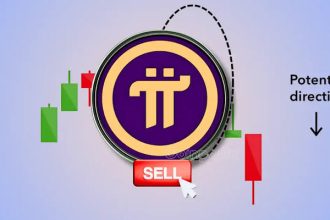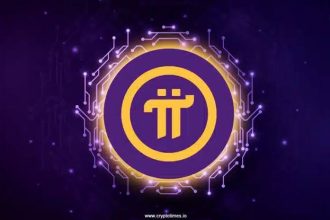In an era defined by rapid technological advancements, the way we handle our finances is evolving at an unprecedented pace. Two distinct approaches have emerged: paying with Pi Coin , a digital cryptocurrency, and paying with good old-fashioned cash. Each method has its own set of advantages and drawbacks, catering to different needs and preferences in the world of personal finance.
Paying with Pi Coin:
The Digital Revolution in Payments
Paying with Pi Coin epitomizes the digital revolution in finance. Here’s why it’s gaining traction:
1. Online Convenience: Pi Coin transactions occur entirely online, eliminating the need for physical cash or checks. This translates to convenience and speed, especially in a world where online shopping and remote payments are increasingly prevalent.
2. Enhanced Security: Pi Coin utilizes blockchain technology and encryption to secure transactions. This makes it inherently more secure than traditional cash, which can be susceptible to theft, forgery, or accidental damage.
3. Cost-Effective: One of the major perks of Pi Coin transactions is their cost-effectiveness. Compared to traditional banking systems, fees associated with Pi Coin transactions are minimal, making it an appealing option for both individuals and businesses.
4. Reduced Intermediaries: Pi Coin transactions are peer-to-peer, meaning they don’t require intermediaries like banks. This reduces control and interference from financial institutions, offering users more autonomy over their financial activities.
Paying with Cash:
The Tangibility of Traditional Currency
Cash, on the other hand, still holds its ground in various situations, despite the rise of digital currencies:
1. Physical Presence: Cash transactions require the physical presence of money, which can be inconvenient, particularly for significant payments. Counting, sorting, and handling physical cash can be time-consuming.
2. Risk of Loss: Carrying cash comes with the inherent risk of losing it due to theft, misplacement, or damage. Losing cash can be irreversible, unlike digital transactions, which can often be traced and recovered.
3. Transaction Delays: Verifying and counting cash during transactions can lead to delays, particularly in high-volume settings like businesses. This can be an inconvenience for both customers and merchants.
4. Security Concerns: Carrying large sums of cash can pose security concerns, as it can make individuals targets for theft or fraud.
In the evolving landscape of personal finance, paying with Pi Coin offers advantages in terms of convenience, security, and cost-effectiveness. However, cash payments still have their place in certain scenarios where tangibility and immediate physical presence are paramount.
The development of blockchain projects like Pi Network is paving the way for a potential future where digital payments become the norm, offering a lightweight and efficient alternative to traditional cash transactions. As we move forward, individuals and businesses alike will continue to navigate these two distinct approaches to personal finance, choosing the one that best suits their needs and preferences. Continue Reading













I am sending you 1π! Pi is a new digital currency developed by Stanford PhDs, with over 47 million members worldwide. To claim your Pi, follow this link https://minepi.com/daiv101 and use my username (daiv101) as your invitation code.